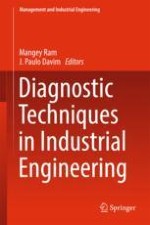2018 | OriginalPaper | Chapter
Remanufacturing: An Industrial Strategy for Economic Benefits
Authors : Adarsh Anand, Gunjan Bansal, Mohini Agarwal, Deepti Aggrawal
Published in: Diagnostic Techniques in Industrial Engineering
Publisher: Springer International Publishing
Activate our intelligent search to find suitable subject content or patents.
Select sections of text to find matching patents with Artificial Intelligence. powered by
Select sections of text to find additional relevant content using AI-assisted search. powered by
